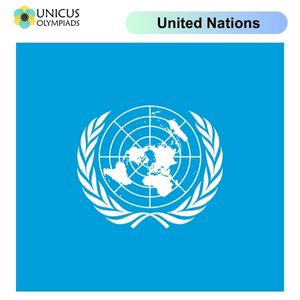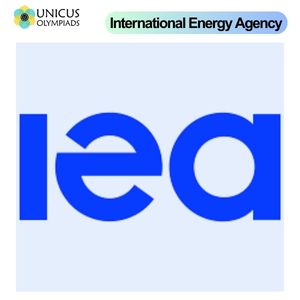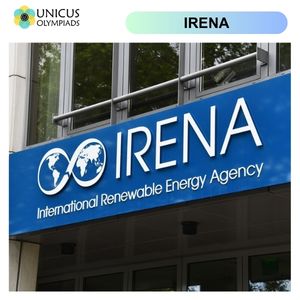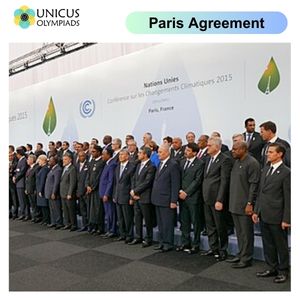

As the world faces the challenges of climate change, energy security, and sustainability, various global groups and treaties have been established to manage and guide efforts to address these issues. These international bodies and agreements play crucial roles in setting the global framework for climate action, energy cooperation, and the transition to cleaner, more sustainable energy sources. In this article, we will explore the key groups and treaties that manage global energy and climate goals, examining their roles, objectives, and examples of their impact on global policies.
Several international organizations are dedicated to coordinating efforts to address global energy issues and climate change. These organizations facilitate cooperation among nations, promote sustainable energy practices, and track progress toward climate and energy goals.
The United Nations (UN) is one of the most influential global organizations that addresses energy and climate-related challenges. It provides a platform for countries to negotiate, set standards, and collaborate on international goals, particularly regarding sustainable development and climate action.

The International Energy Agency (IEA) was established in 1974 as an autonomous agency within the framework of the Organisation for Economic Co-operation and Development (OECD). The IEA works to promote energy security, economic growth, and environmental sustainability. It provides data, analysis, and recommendations on energy policies, with a focus on energy security, clean energy transitions, and reducing emissions.

The World Bank Group is an international financial institution that provides funding and technical assistance to developing countries. The World Bank’s Energy and Extractives Global Practice works to support countries in their efforts to provide reliable, affordable, and sustainable energy to their populations. The organization plays a key role in addressing energy poverty and advancing clean energy technologies, particularly in low-income and developing countries.

The International Renewable Energy Agency (IRENA) is an intergovernmental organization founded in 2011 to promote the adoption and sustainable use of renewable energy worldwide. IRENA provides policy advice, technical assistance, and capacity building to help countries transition to renewable energy systems. Its focus is on accelerating the global transition to a low-carbon energy future through renewables.

Several key international treaties and agreements have been established to address climate change, promote energy sustainability, and facilitate global cooperation. These treaties aim to reduce greenhouse gas emissions, promote the use of clean energy, and provide a framework for global climate action.
The Paris Agreement is a landmark international treaty adopted at the 21st Conference of the Parties (COP21) in 2015. Its central goal is to limit global warming to below 2°C above pre-industrial levels, with an aspiration to limit it to 1.5°C. The agreement requires all parties to submit nationally determined contributions (NDCs) outlining their commitments to reducing greenhouse gas emissions and transitioning to cleaner energy sources.

The Kyoto Protocol, adopted in 1997 and entered into force in 2005, was the first international treaty aimed at reducing greenhouse gas emissions. Unlike the Paris Agreement, which has universal participation, the Kyoto Protocol established binding emission reduction targets for industrialized countries, with the goal of reducing global emissions by an average of 5% below 1990 levels.
The Montreal Protocol, adopted in 1987, is an international treaty aimed at phasing out substances that deplete the ozone layer. While it primarily addresses the protection of the ozone layer, it also indirectly addresses climate change because many of the chemicals banned under the protocol are also potent greenhouse gases. The protocol has been hailed as one of the most successful international environmental agreements.
The Clean Development Mechanism (CDM) is one of the flexibility mechanisms created under the Kyoto Protocol. It allows industrialized countries to invest in emissions-reducing projects in developing countries as a way of meeting their own emission reduction targets. The CDM promotes sustainable development in developing countries by encouraging investments in renewable energy projects, such as wind, solar, and hydroelectric power.